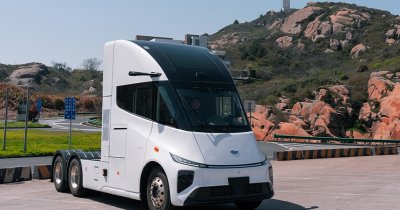According to Solar Daily, ESA officials are now analyzing the technological requirements to make such a feat possible.
A demonstration was carried out in Germany with the use of a microwave beam, which was used to send the required energy to power a model city.
Josef Aschbacher, the director general of the ESA, said that this technology is still very much in its infancy, but if developed properly, it has the potential to reduce our dependency on fossil power.
According to him, "if you can do it from space, and I'm saying if we could, because we are not there yet, this would be absolutely fantastic because it would solve a lot of problems."
The special satellites would harvest sunrays and convert them into microwave beams that would be transmitted down on Earth to power stations.
Sanjay Vijendran, the scientist behind ESA's Solaris program, said that "the idea of space-based solar power is no longer science fiction. The potential is there and we now need to really understand the technological path before a decision can be made to go ahead with trying to build something in space."
Experts at the European Space Agency are already collaborating with NASA in an effort that implies using satellites to see how climate change affects the temperatures of our oceans.
 Mihai - Cristian Ioniță
Mihai - Cristian Ioniță












Any thoughts?